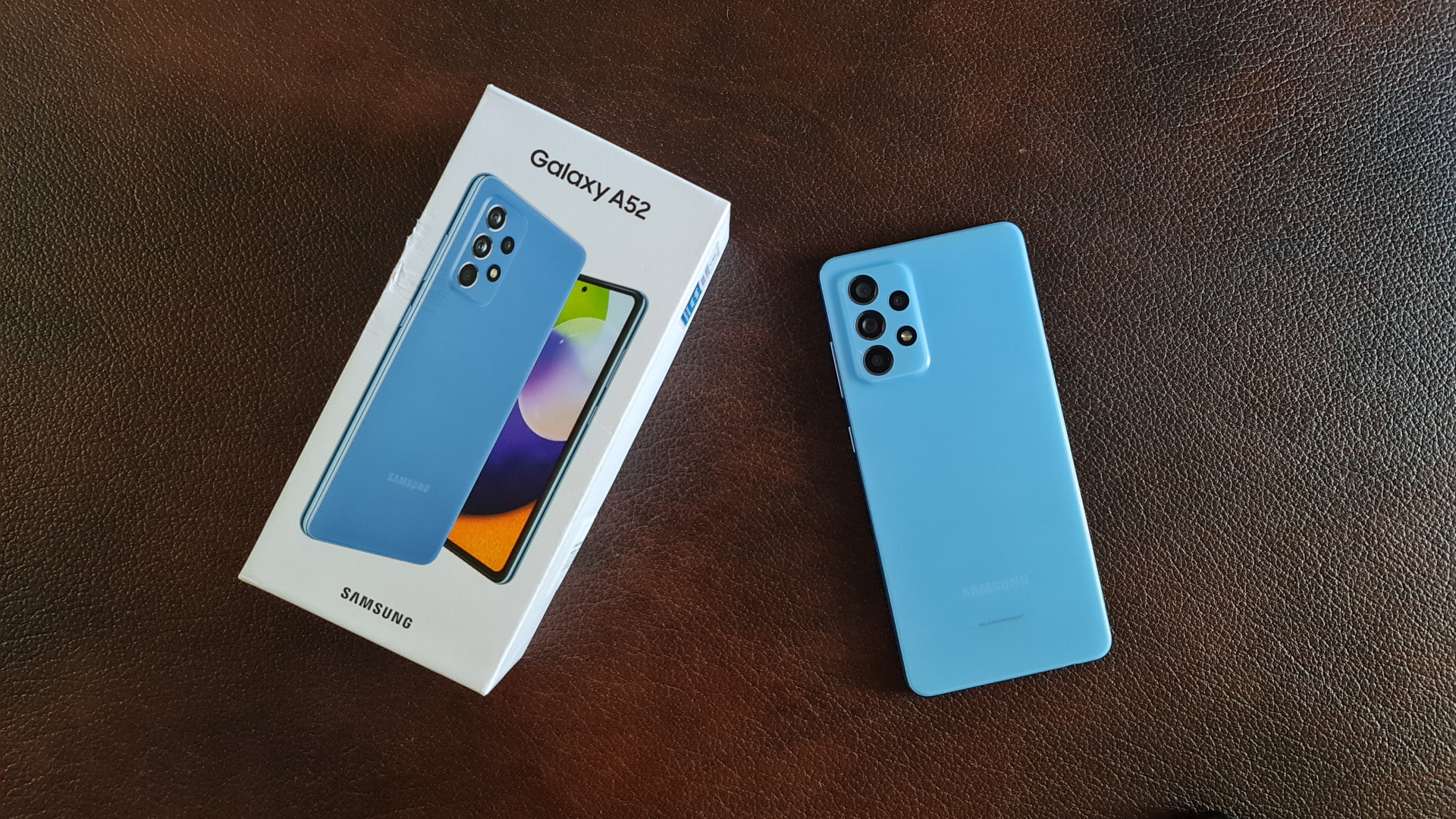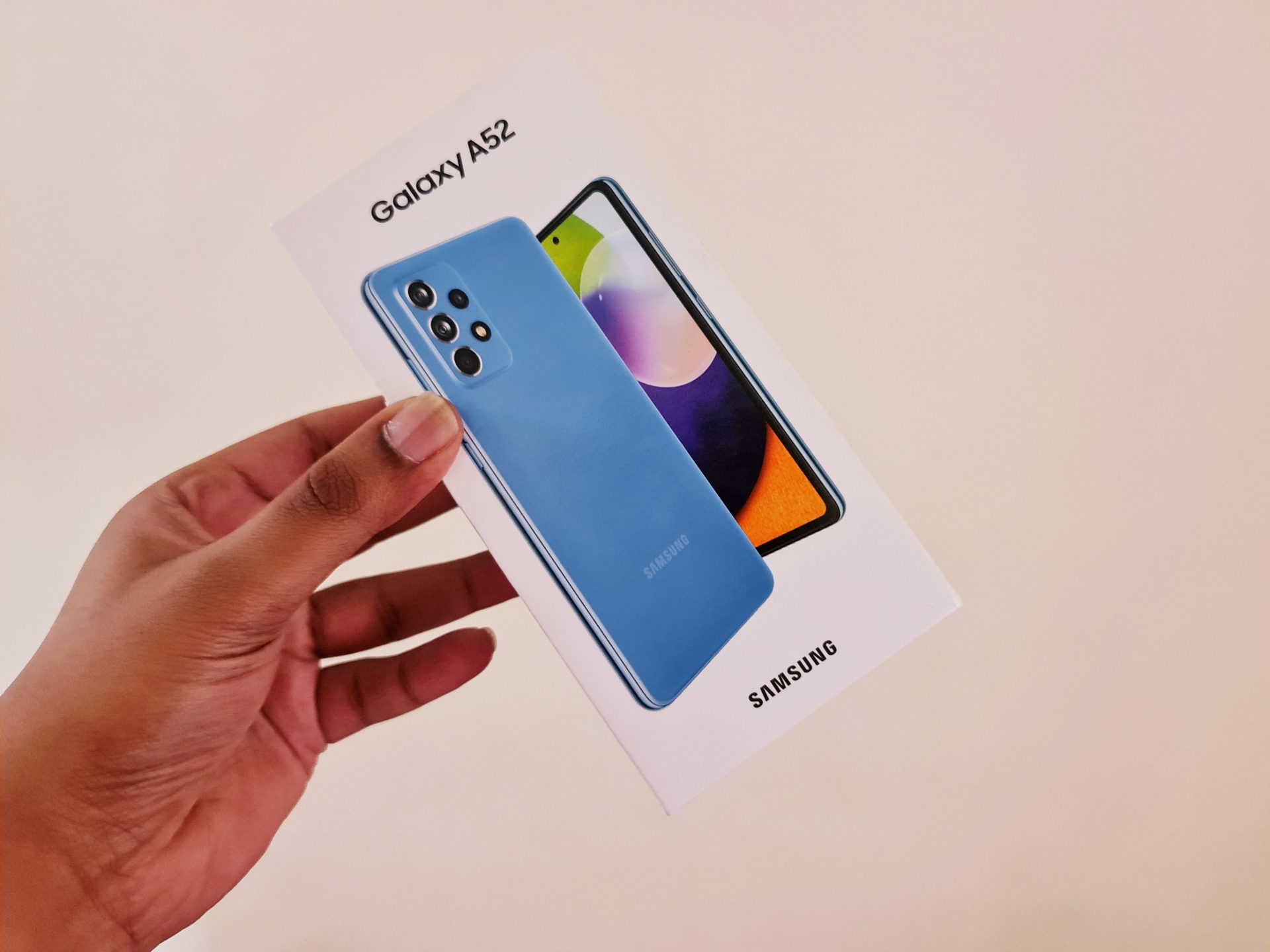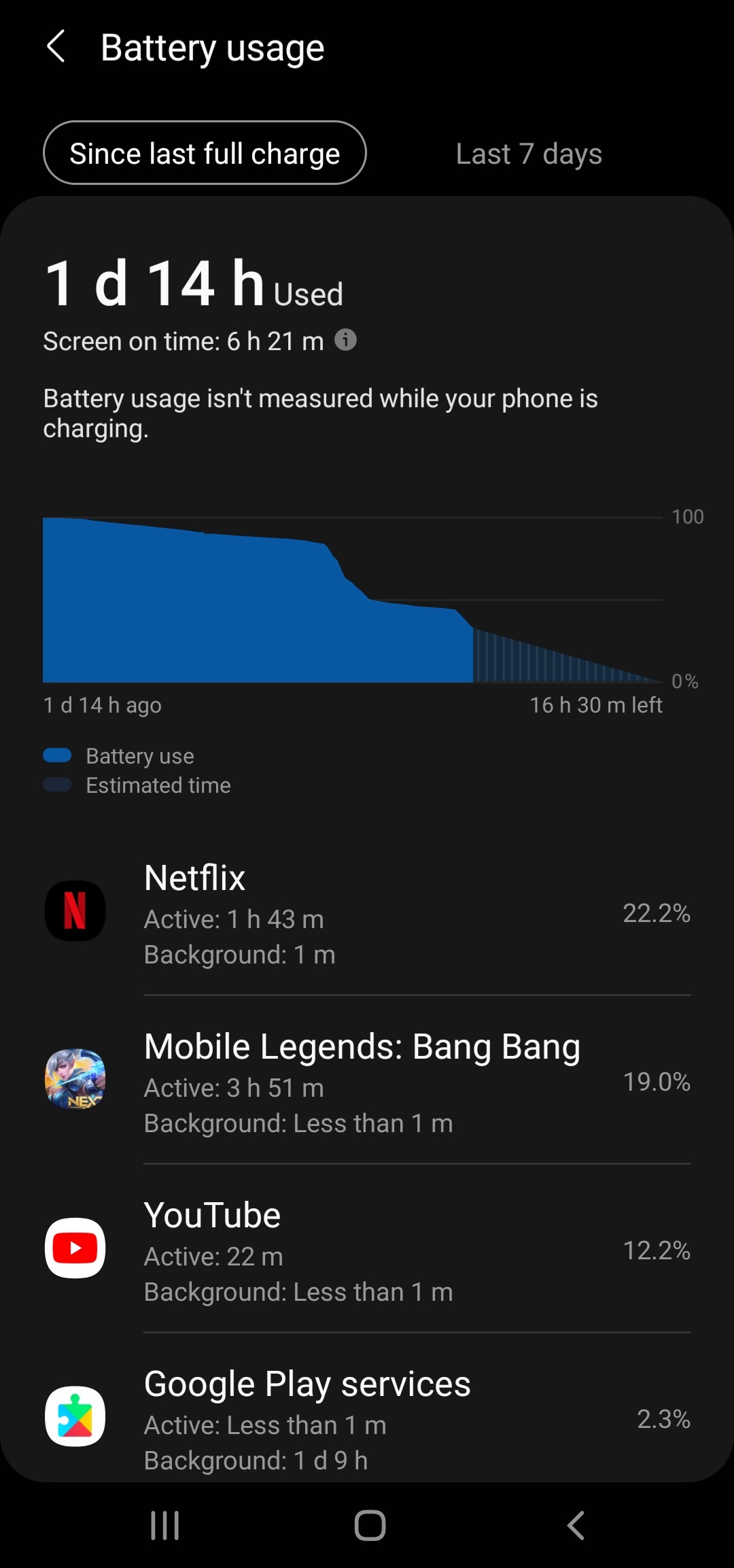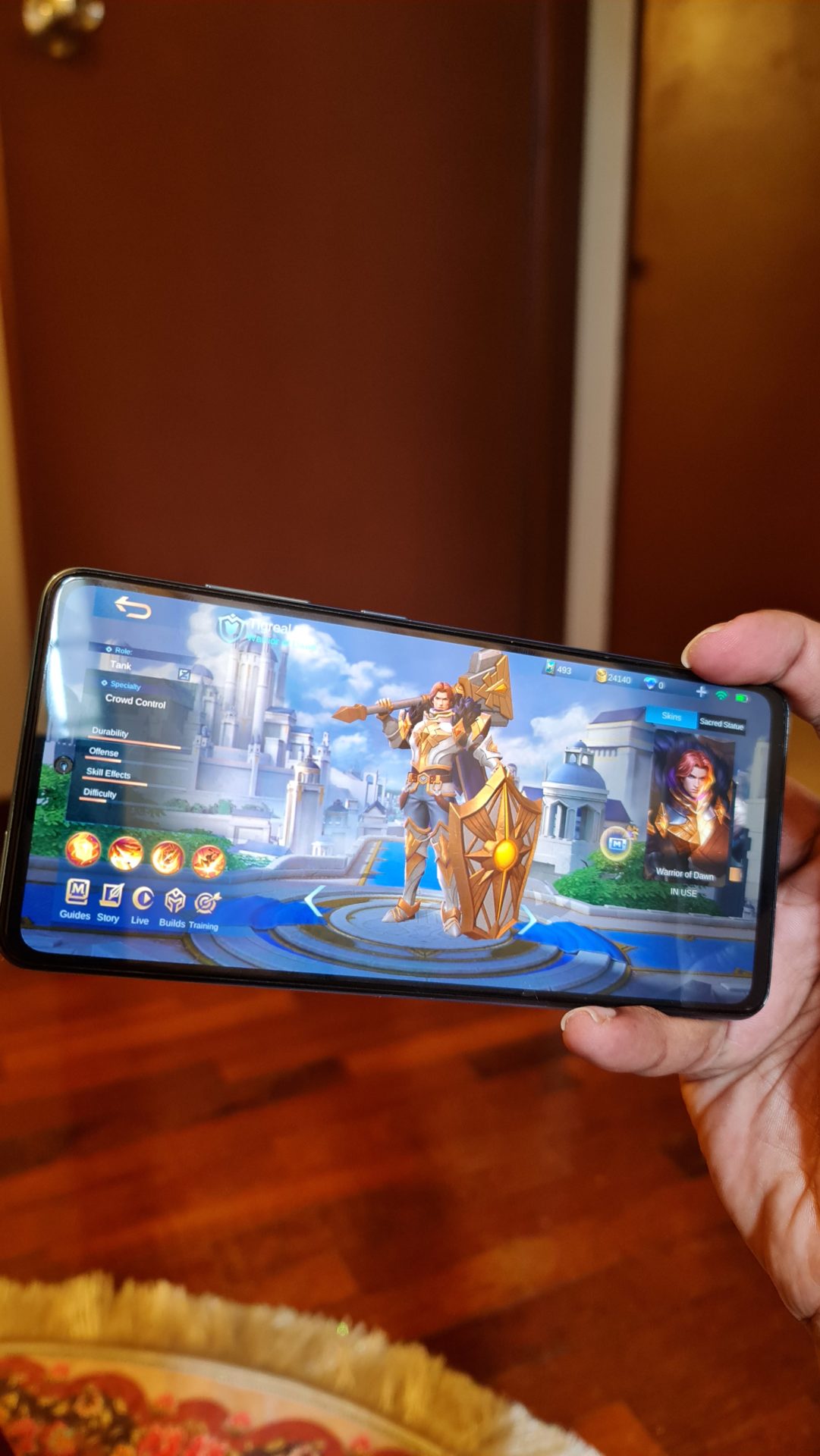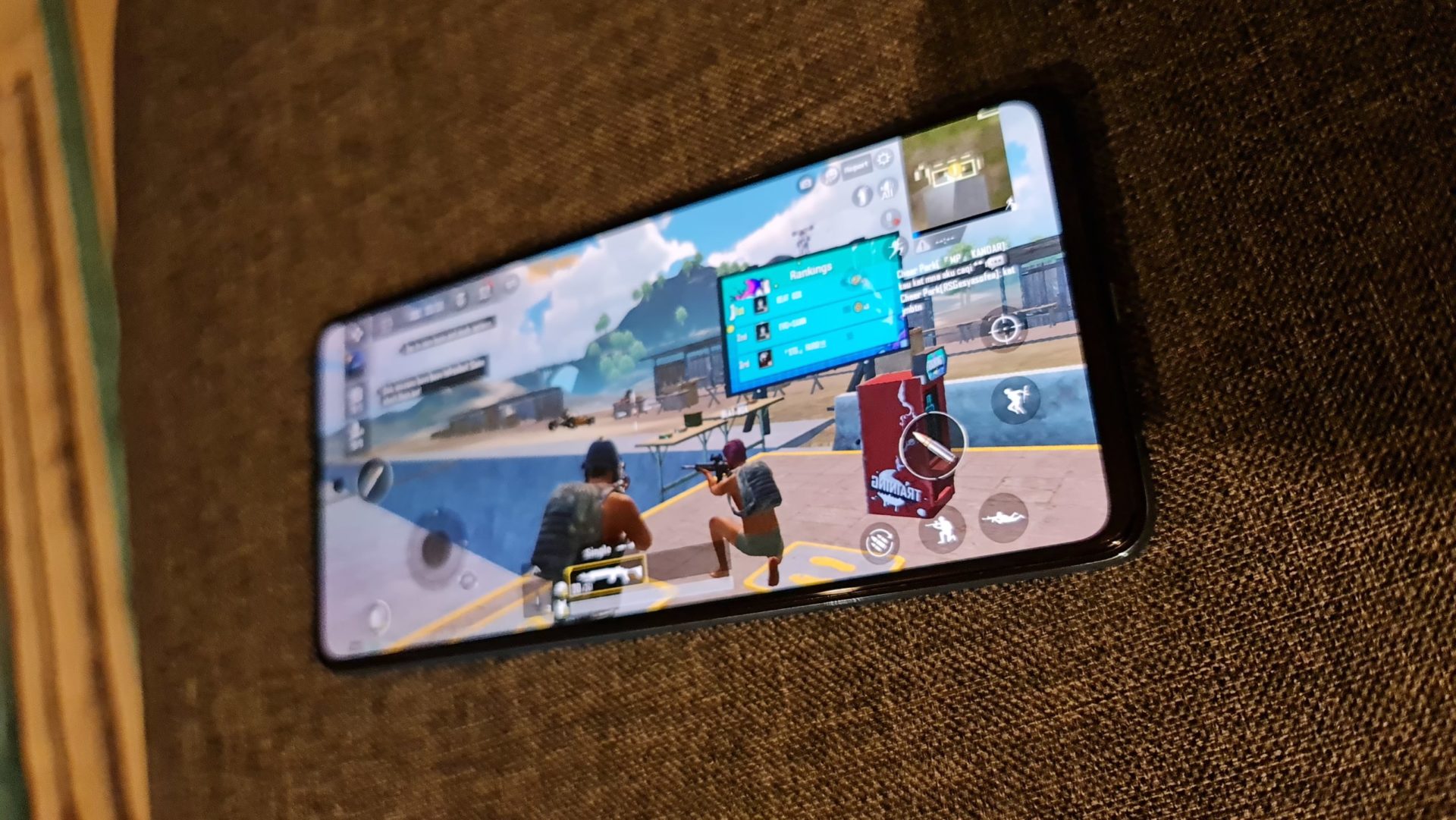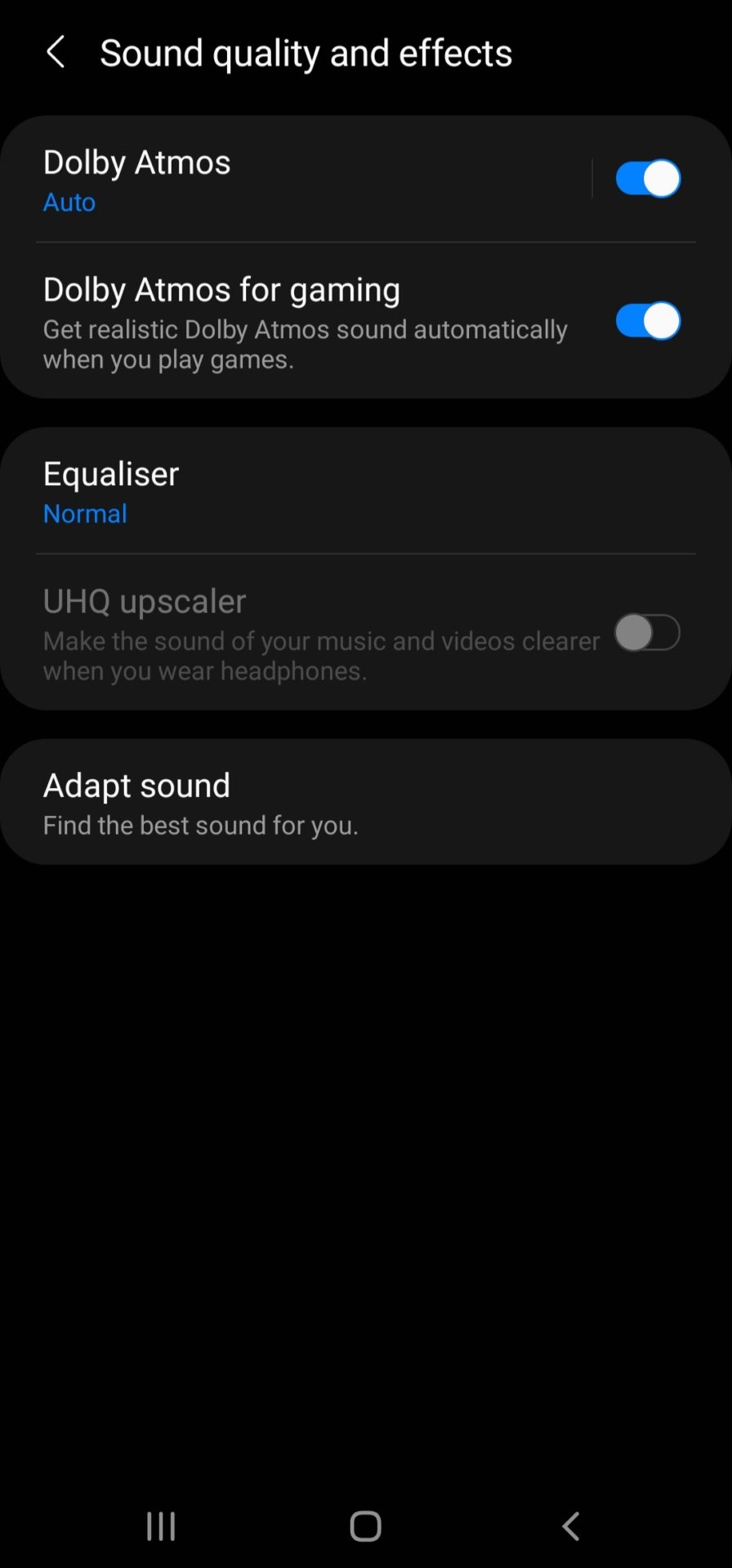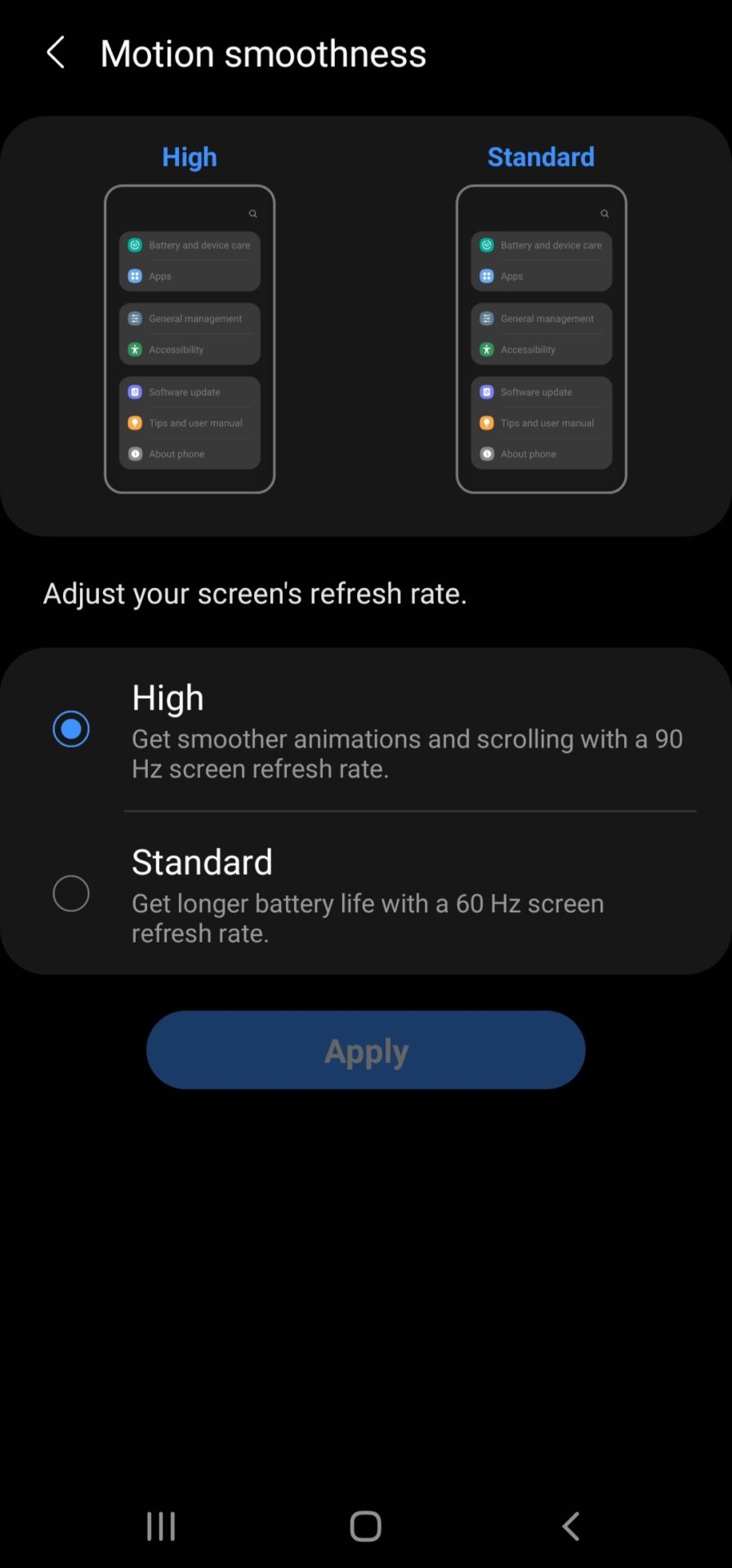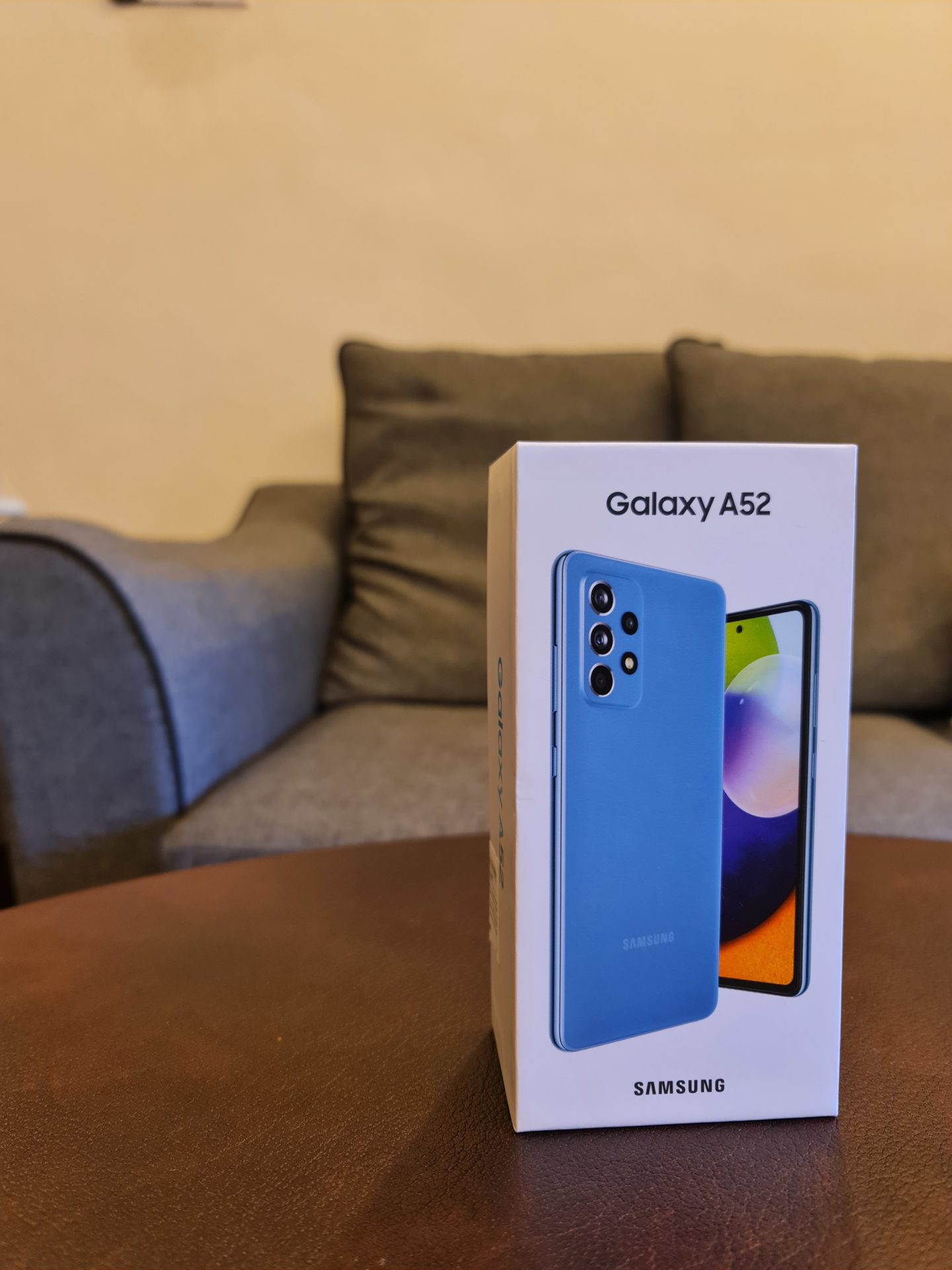After using the Samsung Galaxy A52 for more than a week, it is clear that this years A series is definitely packing a punch, when comparing to what this series was doing maybe 3 years back. The lineup is now more diverse and suitable for many who are looking for an all-rounder that can deliver the needs of users on a daily basis.
Samsung has definitely put a lot more thought and given the A series extra love this year after seeing how well the 2020 models performed. Seen as the middle child among the other lineups, the A series has grown to be its worth among many who are looking to get their “bang for the buck” smartphone.
This review will cover a more detailed aspect of the A52 in terms of:
- Daily battery performance
- Camera performance
- Gaming capabilities
- Comparison to other mid-range phones
As tech specs go, below are the detailed specifications of the A52:
Body: 159.9×75.1×8.4mm, 189g; plastic frame, plastic back, Gorilla Glass 5 front; IP67 dust/water resistant (up to 1m for 30 mins).
Display: 6.50″ Super AMOLED, 90Hz, 800 nits (peak), 1080x2400px resolution, 20:9 aspect ratio, 405ppi.
Chipset: Qualcomm SM7125 Snapdragon 720G (8 nm): Octa-core (2×2.3 GHz Kryo 465 Gold & 6×1.8 GHz Kryo 465 Silver); Adreno 618.
Memory: 128GB 4GB RAM, 128GB 6GB RAM, 128GB 8GB RAM, 256GB 8GB RAM; microSDXC (uses shared SIM slot).
OS/Software: Android 11, One UI 3.1.
Rear camera: Wide (main): 64 MP, f/1.8, 26mm, 1/1.7X”, 0.8µm, PDAF, OIS; Ultra wide angle: 12 MP, f/2.2, 123-degree, 1.12µm; Macro: 5 MP, f/2.4; Depth: 5 MP, f/2.4.
Front camera: 32 MP, f/2.2, 26mm (wide), 1/2.8″, 0.8µm.
Video capture: Rear camera: 4K@30fps, 1080p@30/120fps; gyro-EIS; Front camera: 4K@30fps, 1080p@30fps.
Battery: 4500mAh; Fast charging 25W, 50% in 30 min (advertised).
Misc: Fingerprint reader (under display, optical); 3.5mm jack.
Rock-solid battery performance
Many phones in the past year have been sporting large and beefier batteries to cope with the ever-growing daily user experience in a smartphone. Some phones even go up to 6,000 mAh to cater to those avid gamers on the go. So why did Samsung decide to stick to only sticking a 4,500 mAh battery in the A52? Honestly, I think it’s a perfect match for this phone. For daily users who mostly scroll through their social media, occasionally hop on forums and read up on something, or maybe even take pictures and videos every now and then, don’t be surprised if you are suddenly in a situation thinking “hey, when was the last time I charged this phone?!”. Saying this phone can last users a full day is definitely an understatement because I was completely blown away by how long this phone lasted with my usual use.
Getting more than 10 hours of screen on time with moderate usage is a complete norm for this phone. With heavy gaming, media consumption and running other heavy tasks, those numbers can probably dip to around 5 or 6 hours, and even then, it is still nothing to scoff at! Users will need not worry about hauling a charger around with this phone, as this battery can last you the whole day (or two!). Pairing the battery with the Snapdragon 720G, this processor takes the cake for an efficient mid-range performance chip. The phone almost never overheats under heavy use (depending on the screens brightness and ambient weather) when undertaking heavy tasks such as gaming and continuous video shoots.
Cameras that do not disappoint
Looking pretty like some of its bigger flagship brothers, the A52 sports a quad-camera setup at the back. The lenses are comprised of a 64-megapixel primary camera, a 12-megapixel ultrawide, a 5-megapixel macro camera, and a 5-megapixel depth sensor. For the front-facing camera, a 32-megapixel is housed in an “O” notch at the top. UI is similar to other Samsung phones that have been out for the past year, so for those who are familiar, navigating and finding what you want won’t seem like a chore.
Daytime photos taken using the primary lens in good lighting conditions can come up clean, but maybe just a bit above average at best. Users who mostly view their photos on their smartphone will not find anything to complain about, as the pictures would very much suffice. The detail of the photos takes a dip when zoomed in, or when viewed on a bigger screen, as the hardware capabilities are not up to par for such tasks.
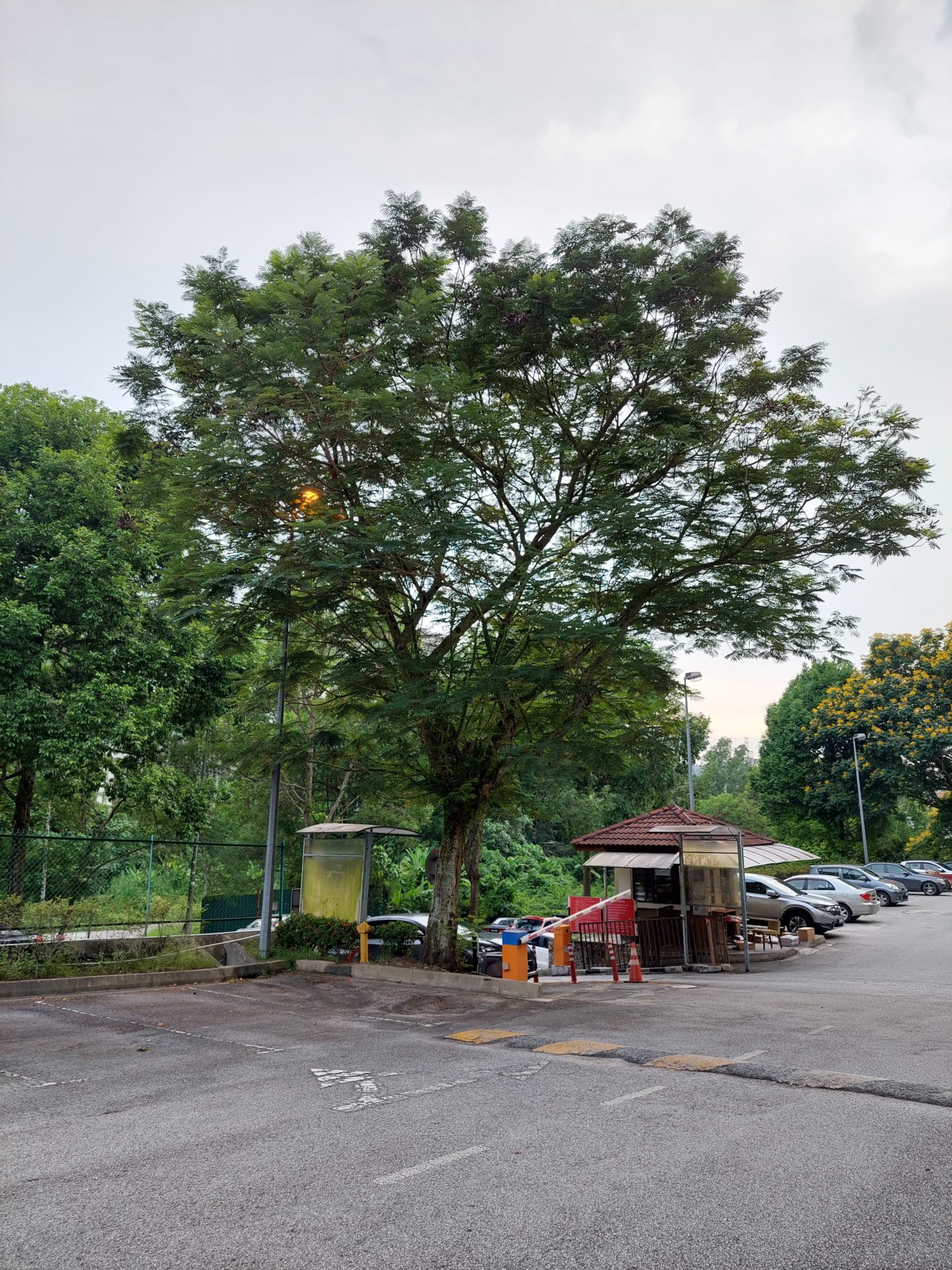
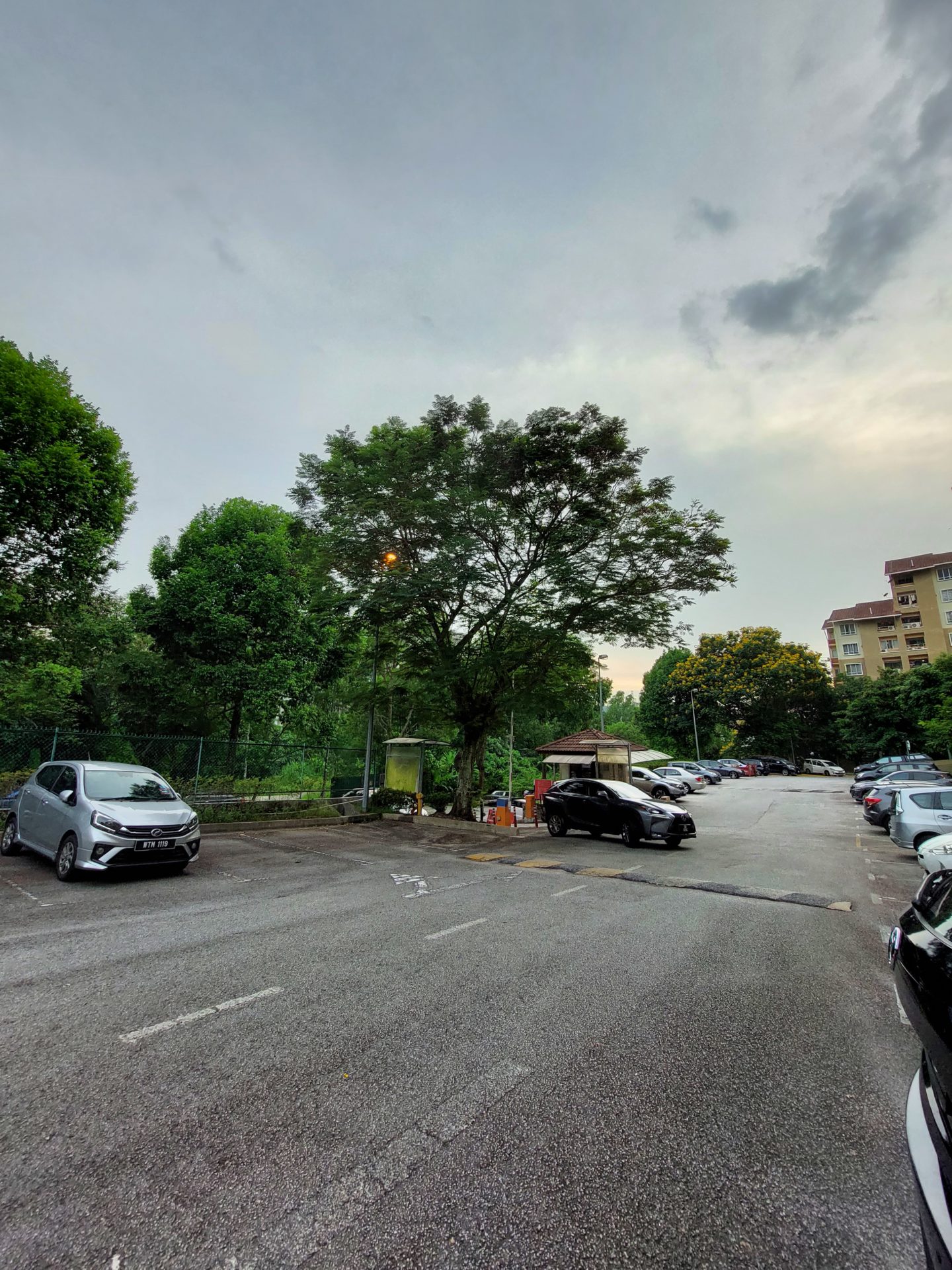
Detail was poorer when it came to the ultra-wide lens. Backlighting can also hamper the quality and cause exposure issues, leading to a poorly captured photo. In the right conditions, you can definitely get a good shot with the ultra-wide, but it is often a bit tricky to get the lighting down, as I noticed that the HDR settings were a bit more aggressive on the ultra-wide compared to the main camera. As aggressive as the HDR can be, it can sometimes save a photo from being a bit too dark in either the background or foreground, but it sacrifices the natural look of the photo by heavily modifying the brightness in certain areas of the photo, making it look a little too forced.
The depth sensor does its job well maintaining a good “Bokeh” look in portrait shots. Being able to adjust the amount of “Bokeh” you want before you take the photo is a plus in my books, as it allows us to set up our shots much easier. Some parts of the focused subject will have a few distortions and jagged edges if you are really looking for those imperfections, but so far not to an extent where it would ruin the photo itself.
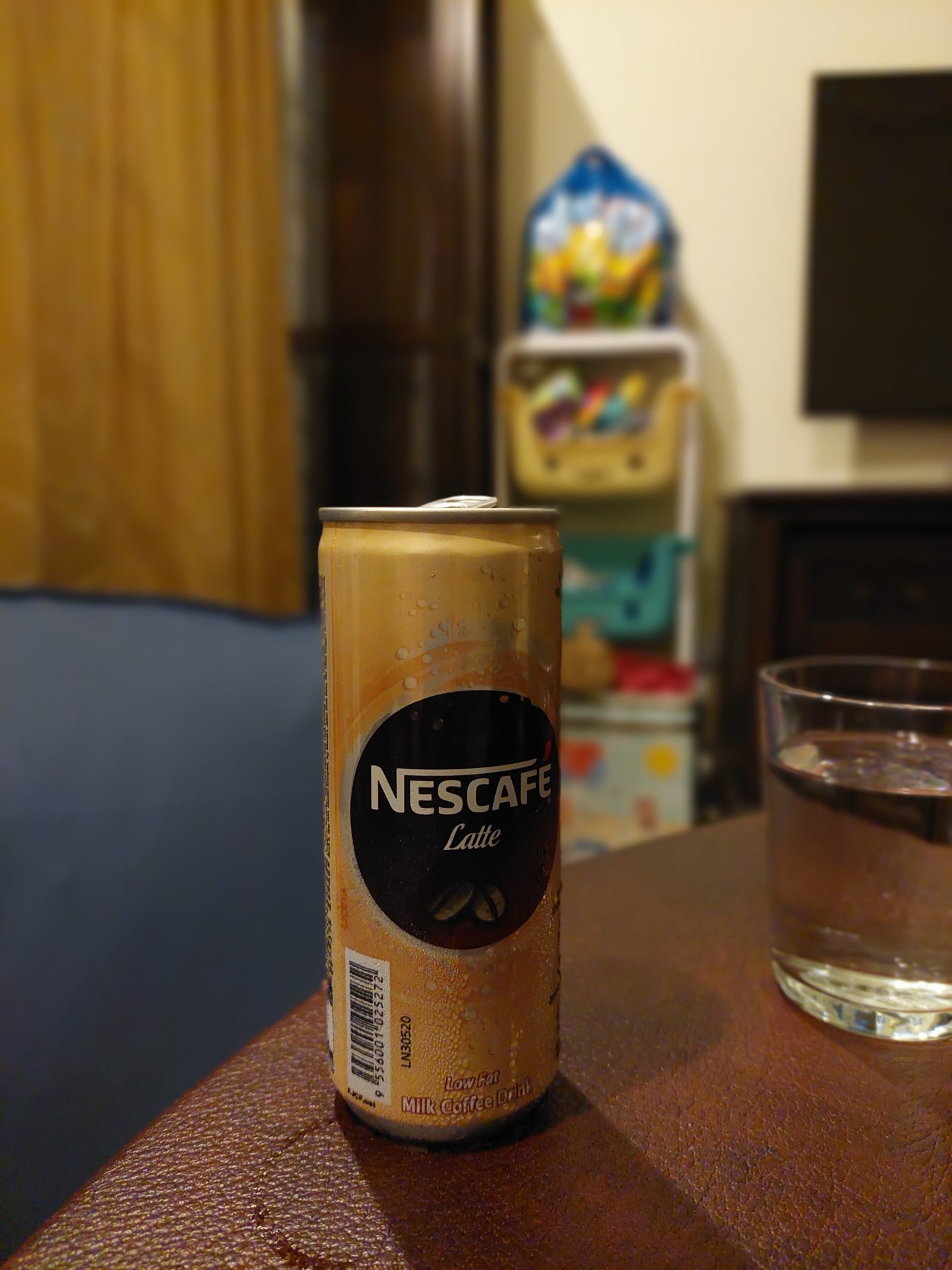
As for the macro camera, I haven’t really been into macro shots as much, probably because previous phones didn’t have such capabilities, as macro lenses are seen as a gimmick most of the time. But if you plan on taking those close-ups of flower petals, tree barks and so on, the macro camera pulls them off pretty well in my opinion.


These lenses have their own traits when it comes to outputting a good photo, given the right conditions and in their own situations. Night shots are where more and more smartphone nowadays are excelling, giving the opportunity to many users who previously were wishing that shot they took of their family during questionable lighting conditions turned out better. With the A52, it is now doable and with the right timing and rigid hand controls, night shots can turn out pretty well.
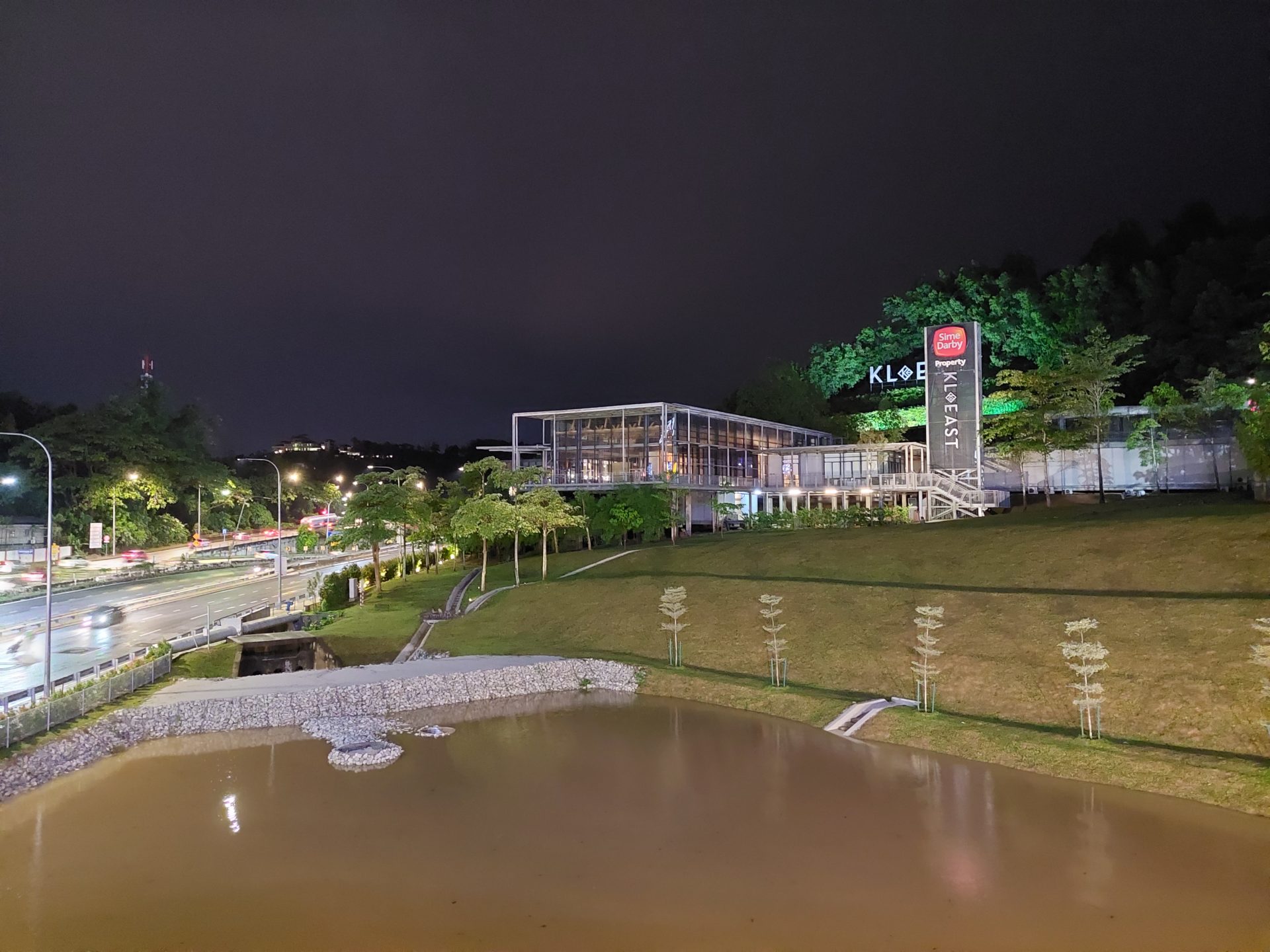
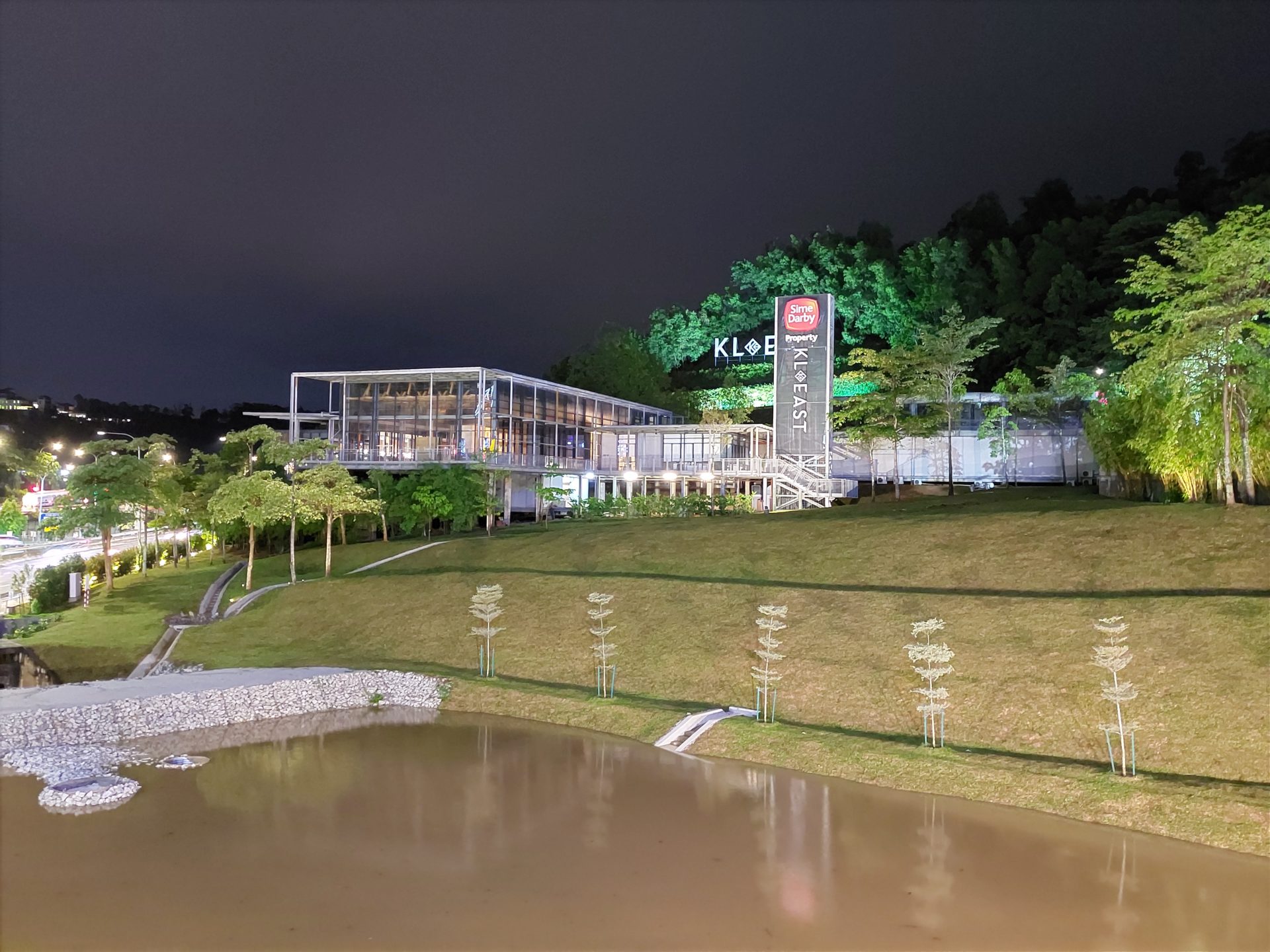
The main camera pulls off night shots fairly easily, without overdoing the shutter time. In Auto Mode, the Scene Optimizer does recognize when there isn’t enough light around and engages a sort-of simpler version of the Night Mode. But what you would want to do when situations are tricky, is to go into Night Mode itself. With the click of the shutter button, the camera snaps the photo and holds open the shutter long enough to gather as much light it can to evenly brighten the photo. With steadier hands, photos in even darker conditions can be taken, given the longer shutter time.
I would advise you to skip the night photo capabilities of the ultra-wide camera, as the sensors are not capable of capturing anything remotely as good as the main camera. The pictures come out very noisy and no detail is present. You are left with a grainy, badly lit photo. My advice? Leave the night photos to the main camera only.
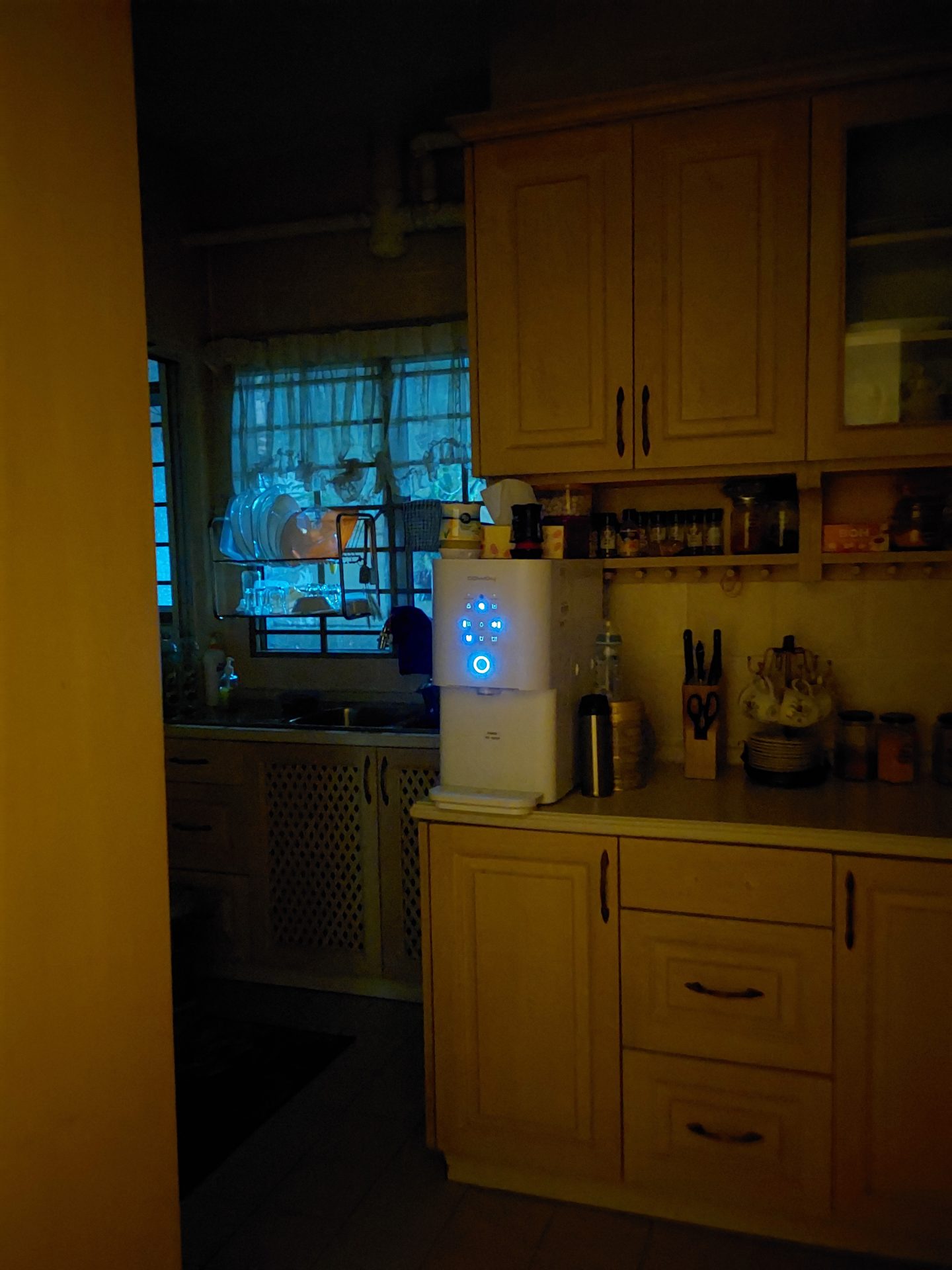
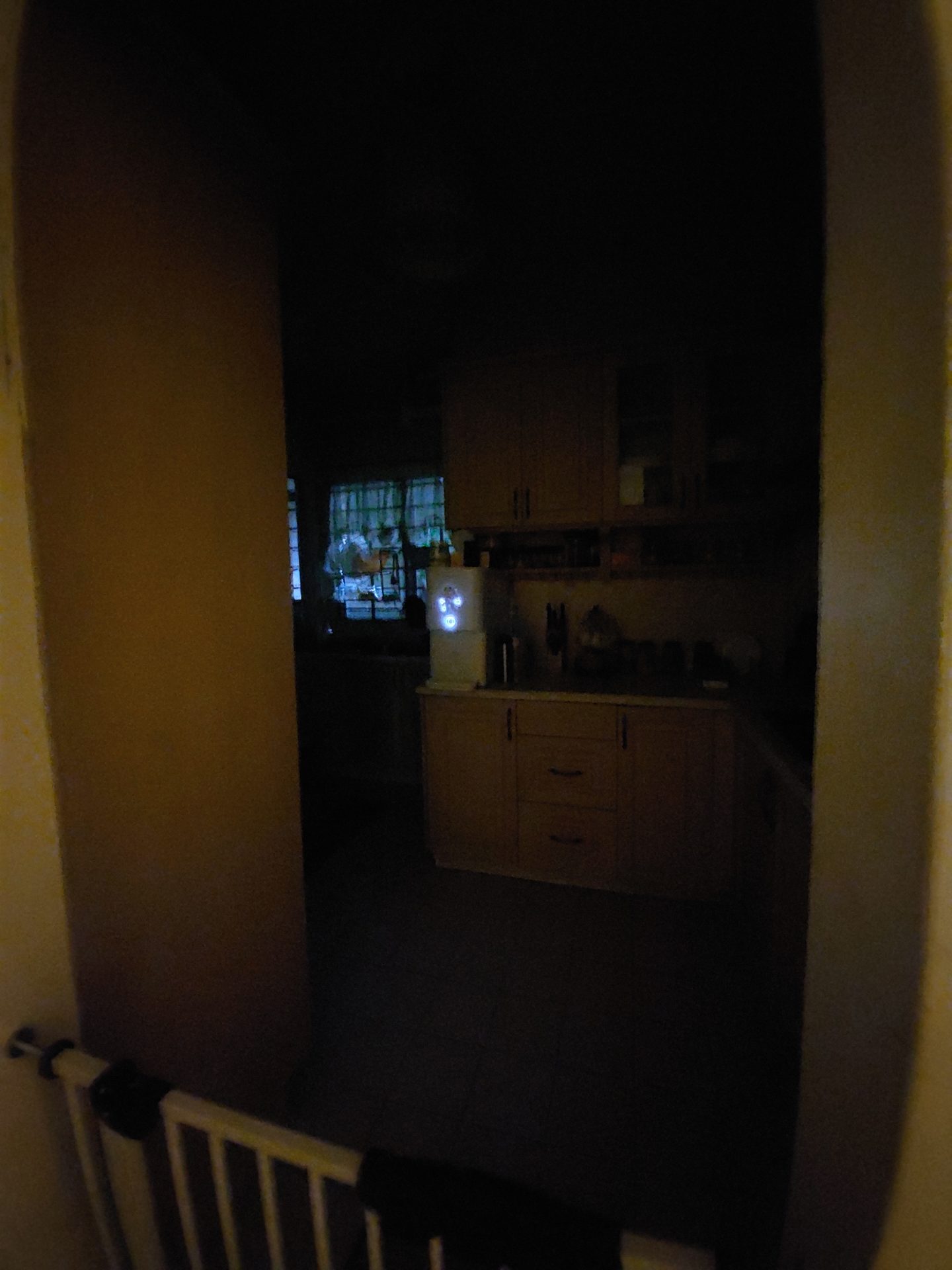
Finally, the ever famous “Selfie” camera. You can never go wrong knowing that your selfies are backed up with detail from the 32-megapixel shooter. One word to describe selfies in good lighting: Crisp. Photos from the front-facing camera come out pretty darn well actually, and Samsung has made this very apparent given the amount of detail the sensor is able to capture. As per the main lenses, good lighting will play a role in determining the quality of the selfie. With the ability to go slightly wider to allow more faces in the photo, the front-facing camera is sure to meet the expectation of every social media selfie-poster out there.


Coming to the video portion of the camera, the A52 fairs as a competent video recorder, as it now features OIS for the main camera. Couple that with the 4K video capturing capability, videos will be looking pretty darn good. Seamless switching between the two lenses during video recording is a neat feature for users who like the flexibility when needed. The only crux here is the 60 FPS option isn’t available for the ultra-wide camera. I do suggest sticking to 30FPS @ 4K, as this setting allows camera switching as and when needed, plus you get a less-grainy video at the end of the day. Do note that colour compositions between the lenses do differ depending on lighting conditions, so plan your camera switch accordingly. The long-awaited OIS (Optical Image Stabilizer) for the A series is now present, keeping videos looking nice and stable. Previous year models only came with EIS (Electronic Image Stabilizer), where a video will be cropped in and composed, giving it the stable look. OIS gives the user the freedom of enjoying a fuller frame video and stabilization that is more proper and less likely to exhibit ghosting effects on the video.
Mid-tier gaming goes a long way
Gaming on a mid-tier device is considered like a love-hate relationship for me. You love the fact that your device is able to run this game, but you hate the fact that it doesn’t do it very well at times. The Adreno 618 is no slouch when it comes to performance, barring the fact that more demanding game titles may prove to be a challenge for it to handle. In this test, I installed two games; Mobile Legends and PUBG Mobile.
Mobile Legends ran surprisingly well on the A52, with the phone being able to crank up to “High” settings while maintaining a high frame rate of at least 60FPS. In certain conditions like a massive 5 on 5 fight with all skills being unleashed, the frames do drop a little, but not to an extent that isn’t pleasing to the eye. Of course, there are times where the game would stutter slightly during load times or when there is an in-game update, but those are to be expected, given the price range and capability of the phone’s GPU and CPU.
Moving over to PUBG Mobile, this game is infamous for taking some phones down to their knees, with its extreme graphics that include various foliage, draw distance, detailed characters and equipment’s and whatnot. Do not get me started on the games HD texture packs. It just another name for “hey, let us try to fry your phone while you play!”. The A52 sits somewhere in between low to average level of performance when it comes to this game. It is capable of hitting a decent framerate at the cost of quality. Can’t have the best of both worlds here. Stutters and hiccups were apparent in this game due to its level of detail and how much processing power is needed to render all of those detail instantaneously. All in all, PUBG Mobile is definitely playable on this device if users are willing to forgo superb quality but have better frame rates.
Other quirks and features
Samsung has exponentially packed a lot more features into their current A-series line up compared to last years models. Protection from the environment is usually the weakness of many mid-tier smartphones, as manufacturers wouldn’t want to spend too much on the device’s materials and kinks to make them a little more durable. Thankfully, Samsung has gone out of their way to get the new A-series IP67 dust and water-resistant certified, giving users peace of mind if any mishaps were to happen. Splashes of water, dunking it under the kitchen sink, exposure to rain, you name it. I’ve taken the A52 through its pace in these situations, and it has held its own. Just probably don’t take this phone for a swim with you into deeper waters! The pressure and depth can mean that water is able to get into the phone somehow.
The speakers on the A52 has also gotten an upgrade, with the addition of a front-firing speaker grill right at the top of the phone. This allows for stereo output, giving a much more pleasing sound experience whether it be gaming, watching a movie or listening to music. Though the front-firing speaker is not too loud, it does its job well enough to imitate an immersive sound experience. With an equalizer and the support for Dolby Atmos, users can fine-tune the sound that they hear to make sure it sounds the best in each situation.
Having a good display on a mid-tier phone can lead to some interesting questions: “if it’s good, it might use up a lot of battery, right? It’s a mid-tier phone, their displays are usually so-so even if the company says they’re good.” I was proven wrong about the battery part of this phone, and it’s no surprise I was wrong about the second question too. The AMOLED display on the A52 is dare I might say, one of the best-looking displays on a mid-tier device thus far. Samsung is known for its crystal-clear displays. To top that all off this year, they have added in the high refresh rate option to the A-Series line up of up to 90Hz. My experience when using the device in the high refresh rate mode makes it feel like it’s a more premium phone. Users will forget that this device is only sporting mid-tier internal specs after seeing how well this refresh rate outputs whatever it is on the screen. You can turn this feature on or off in the Display settings whenever you choose, but I would just stick to the higher refresh rate, seeing how the battery takes it like a champ.
What makes this device stand out when comparing its price and spec sheet to other mid-tier devices, is what Samsung has promised regarding its reliability, security and updates. The company has promised at least 2 years of security updates, and 3 major Android updates for the whole A-series line up. This means that the devices will be optimized from time to time and keeping the phones secure won’t be an issue for many users.
By staying optimized and up-to-date on security patches, the A52 is set on being a long term device for many who spend modestly on a device and want to own it long-term.
End Verdict
The Samsung Galaxy A52 has checked a lot of boxes and isn’t in the same league it used to be in before. Technological advancements have made it possible for mid-tier devices to stand on their own when it comes to features and reliability, seeing how they don’t cost a bomb when comparing to their flagship counterparts. Of course, there had to be sacrifices and cuts made to the overall build quality, internal specs and end-user experience in certain categories. But from what I see, this won’t be something a regular user will be batting an eye about. The A52 has surprised me every step of the way with its stellar battery consumption, great looking screen, gaming capabilities and camera performance given its price range. There’s very little information to criticize about the Galaxy A52. Sure, the Snapdragon 720G is not the quickest chip around, but it doesn’t seem to hamper the experience in any practical way. Truly, Samsung’s “Awesome is for everyone” slogan this year has made this device worthy of that mantel.
Pros
- Bright AMOLED display with 90Hz refresh rate
- Solid battery performance
- Great sound stereo speakers
- Promise of major and security updates of up to 3 years
Cons
- 25W fast charging is supported, but only a 15W power brick was supplied in the box
- Chipset isn’t the best around in 2021
- Bloatware is apparent
- Camera’s can be better when it comes to colour corrections
